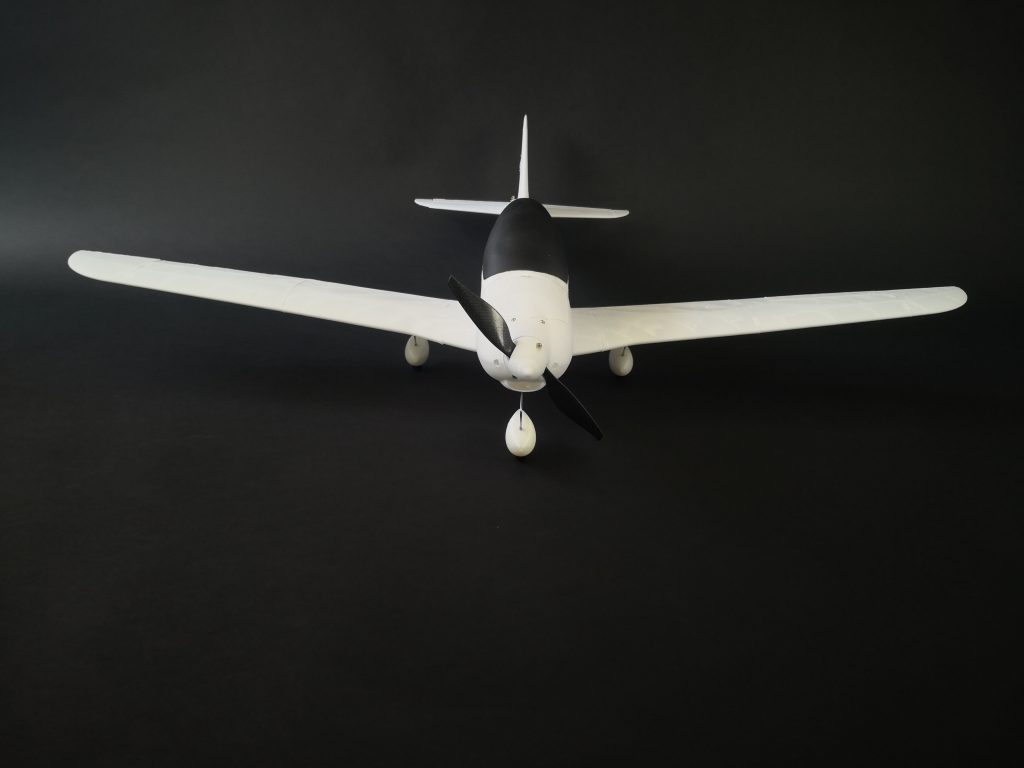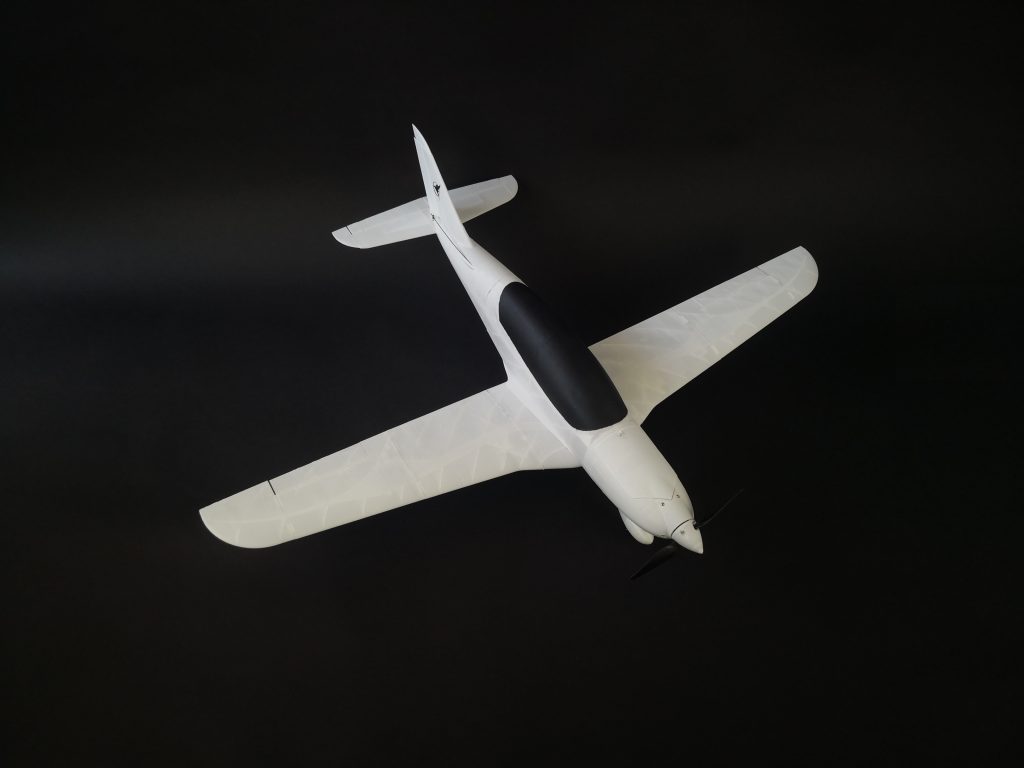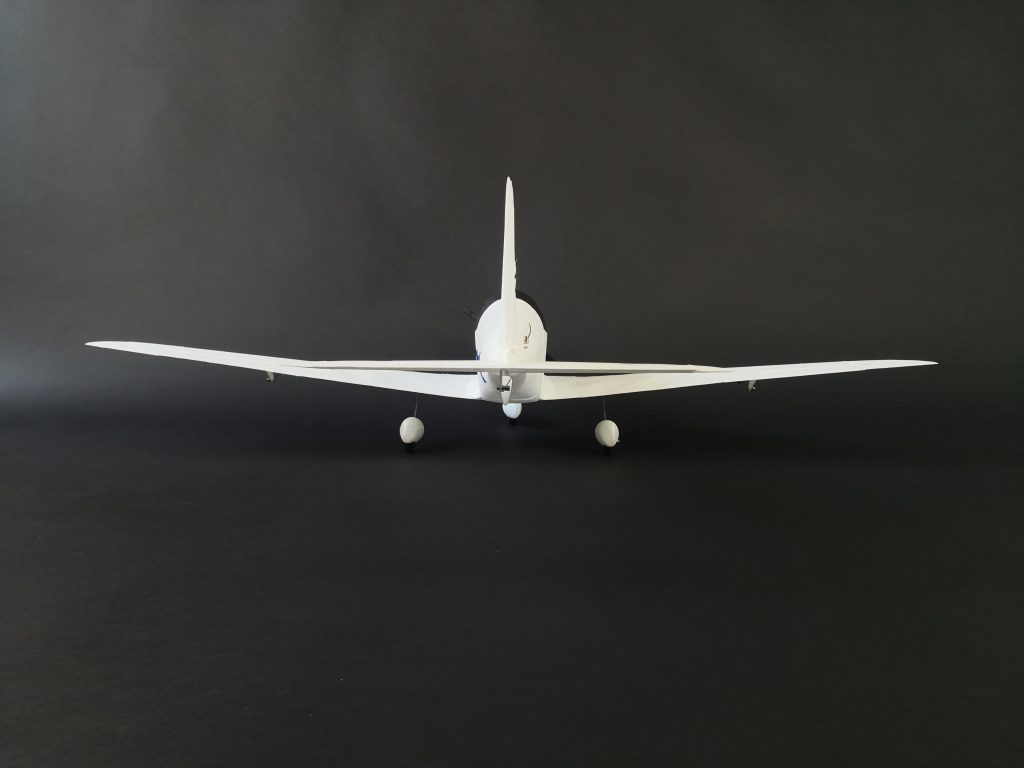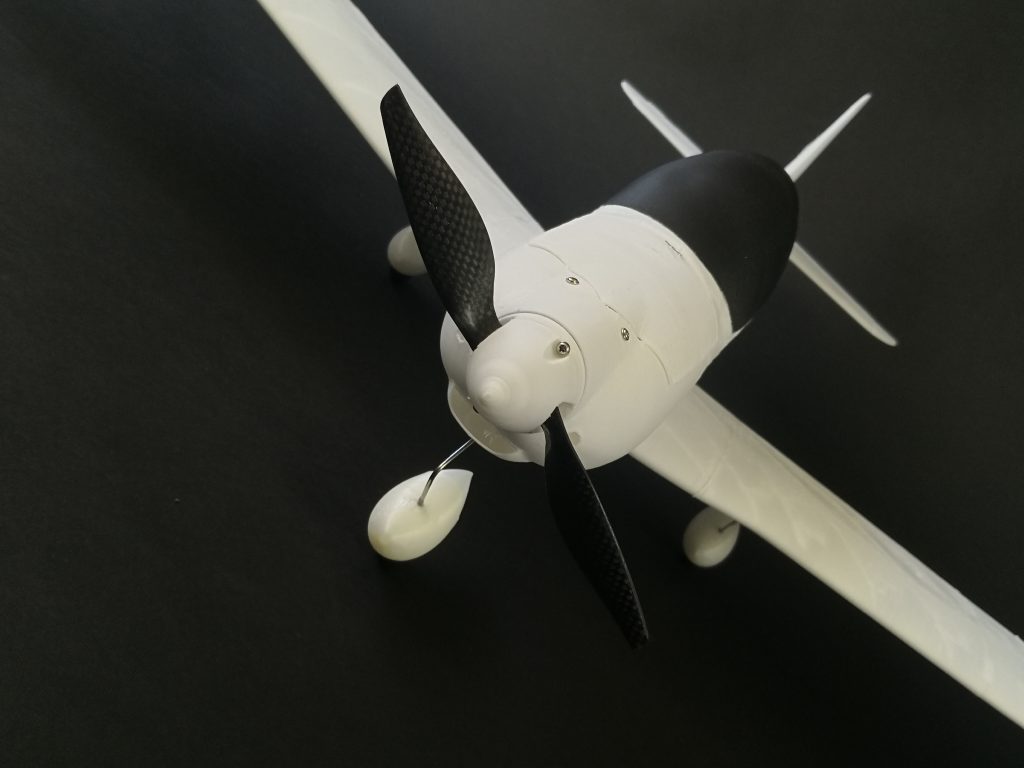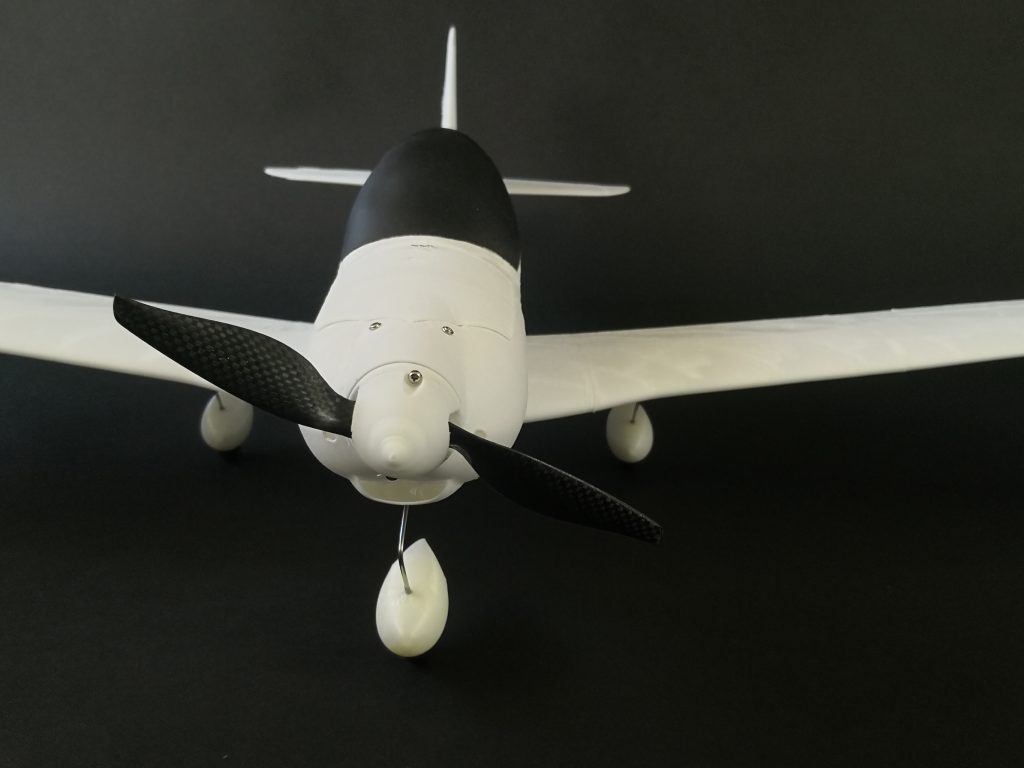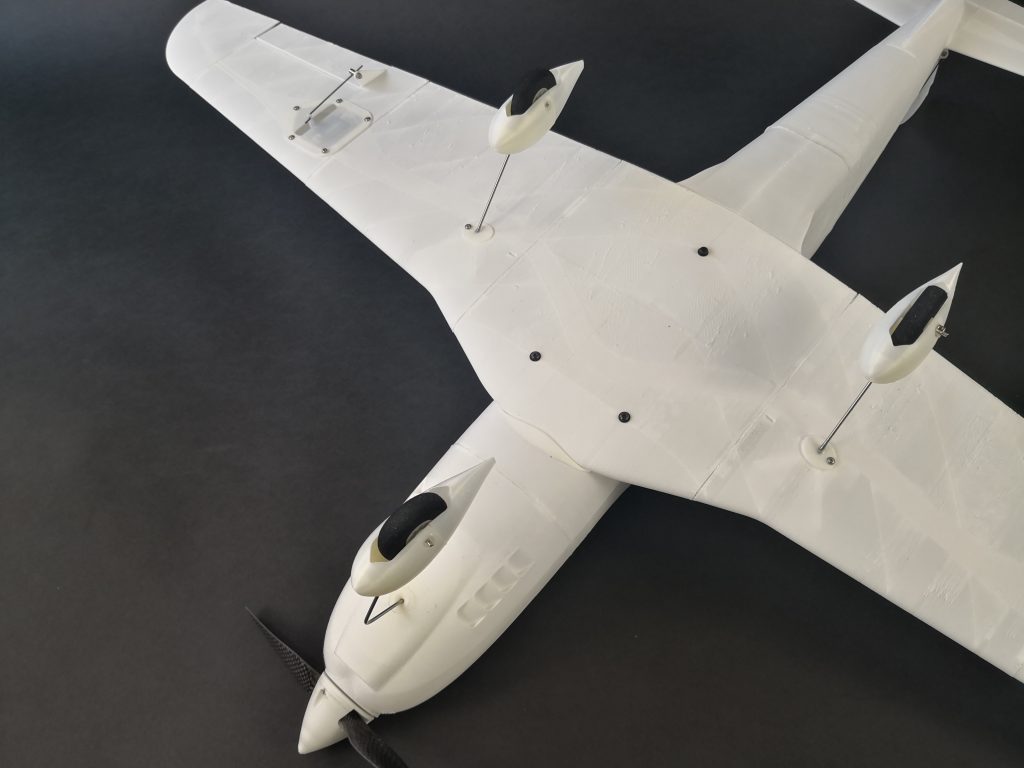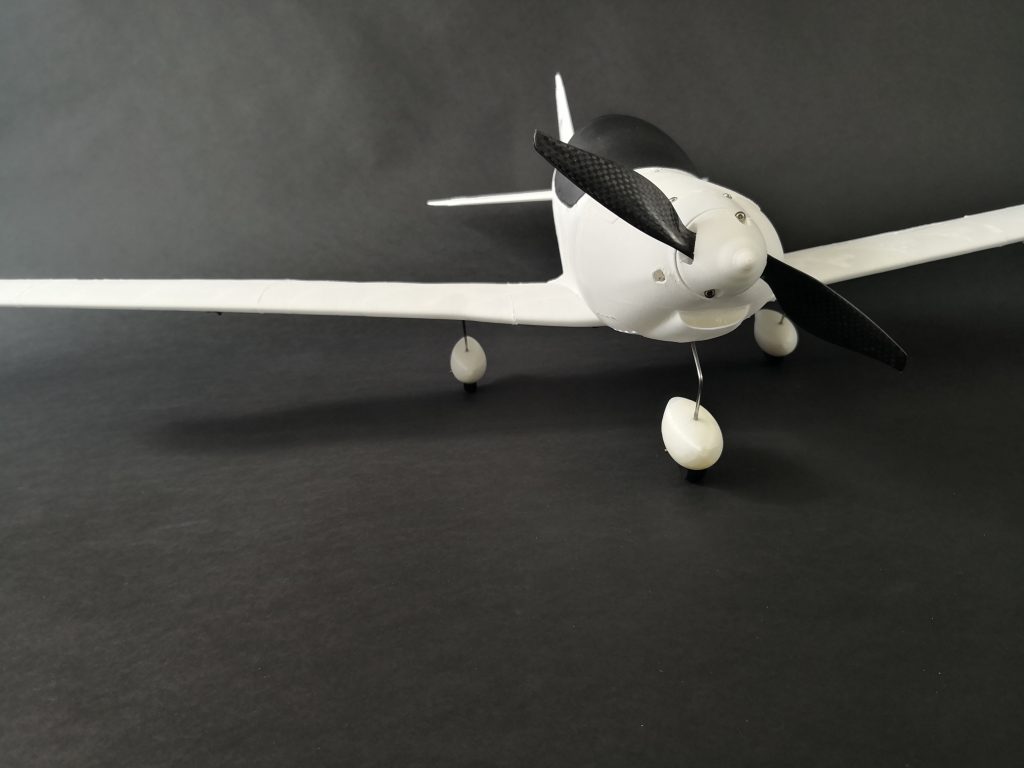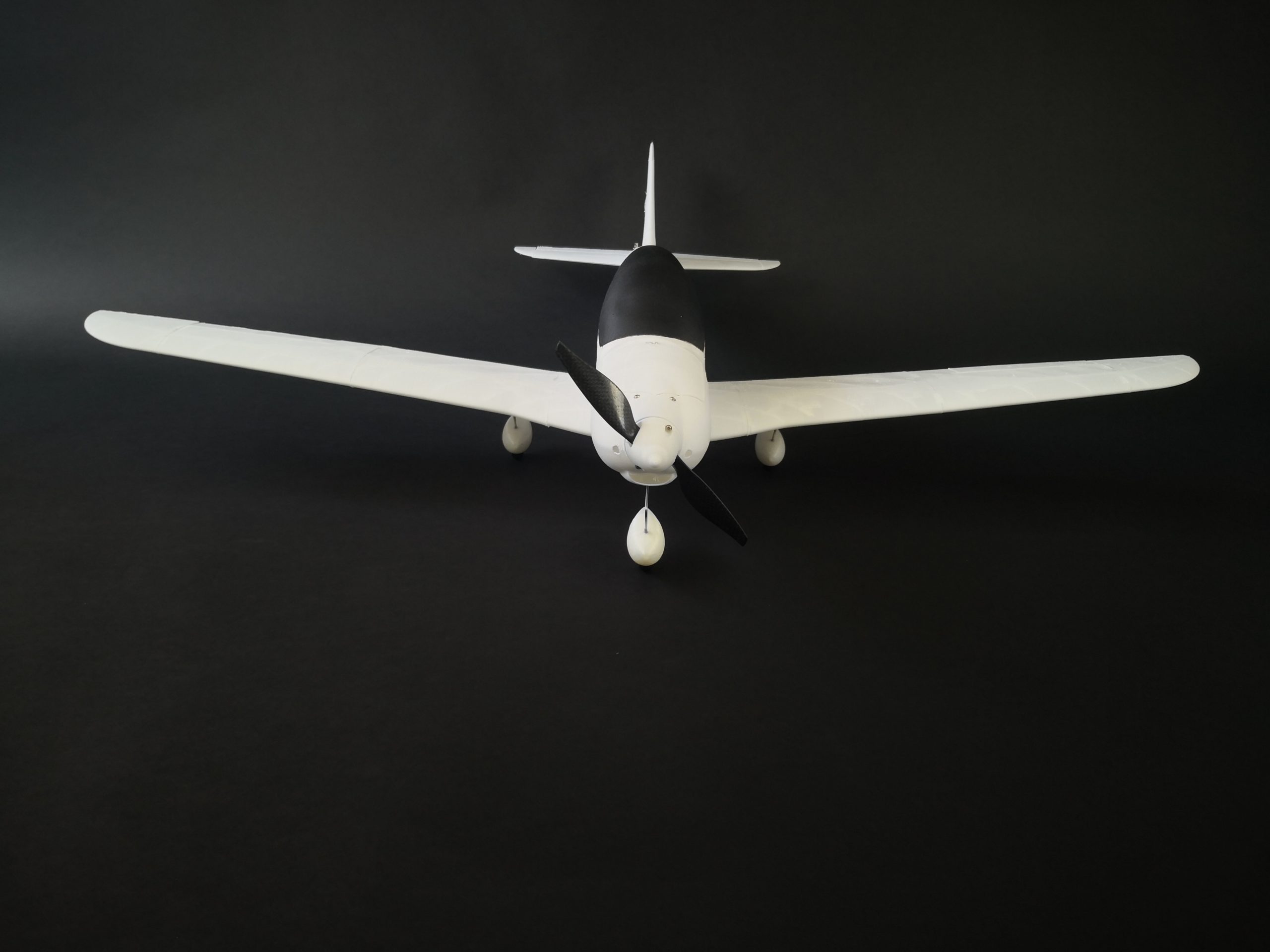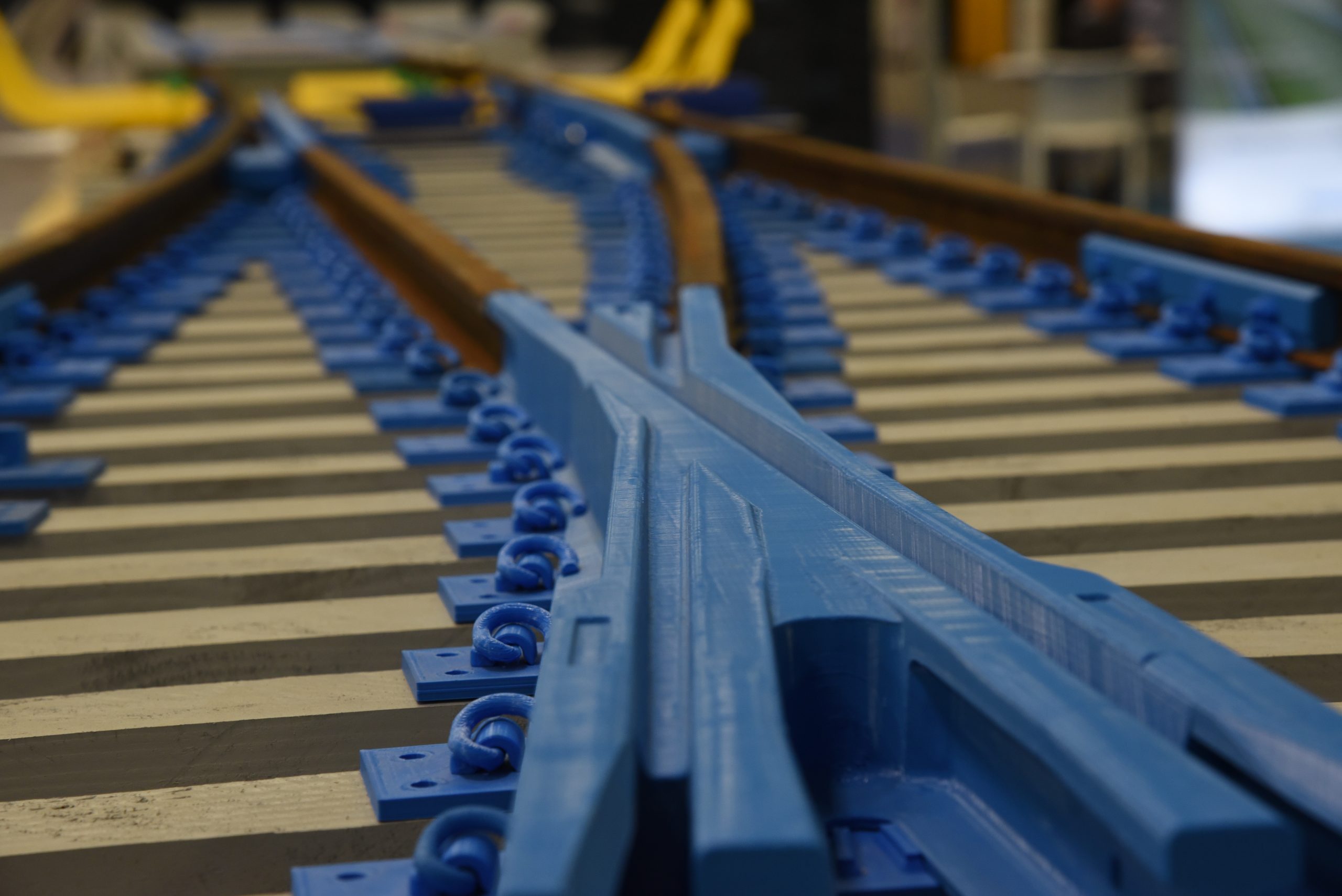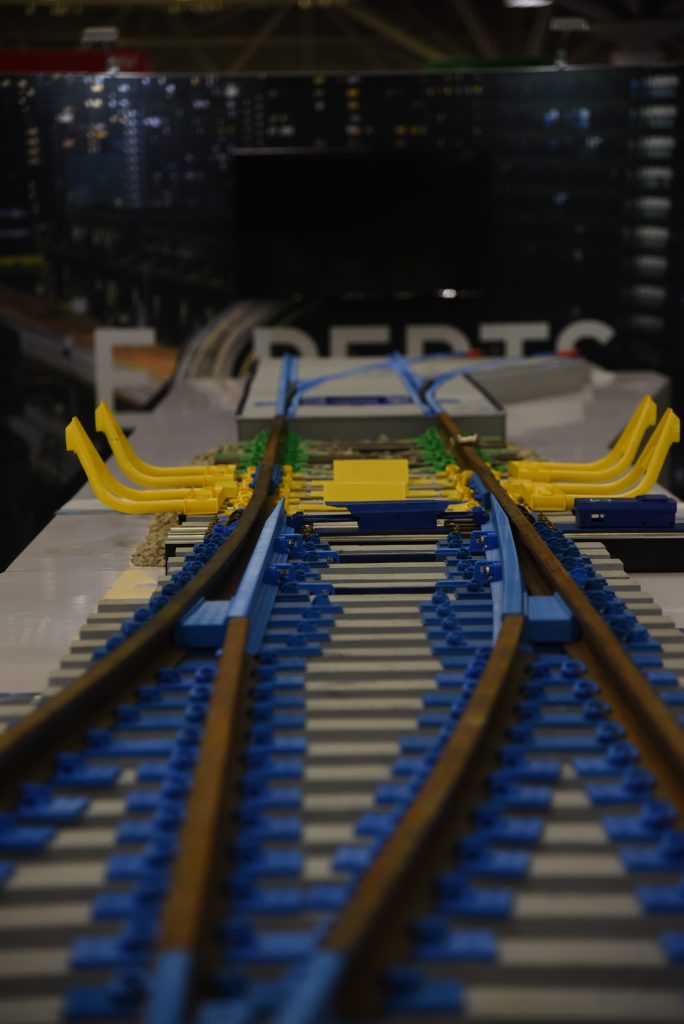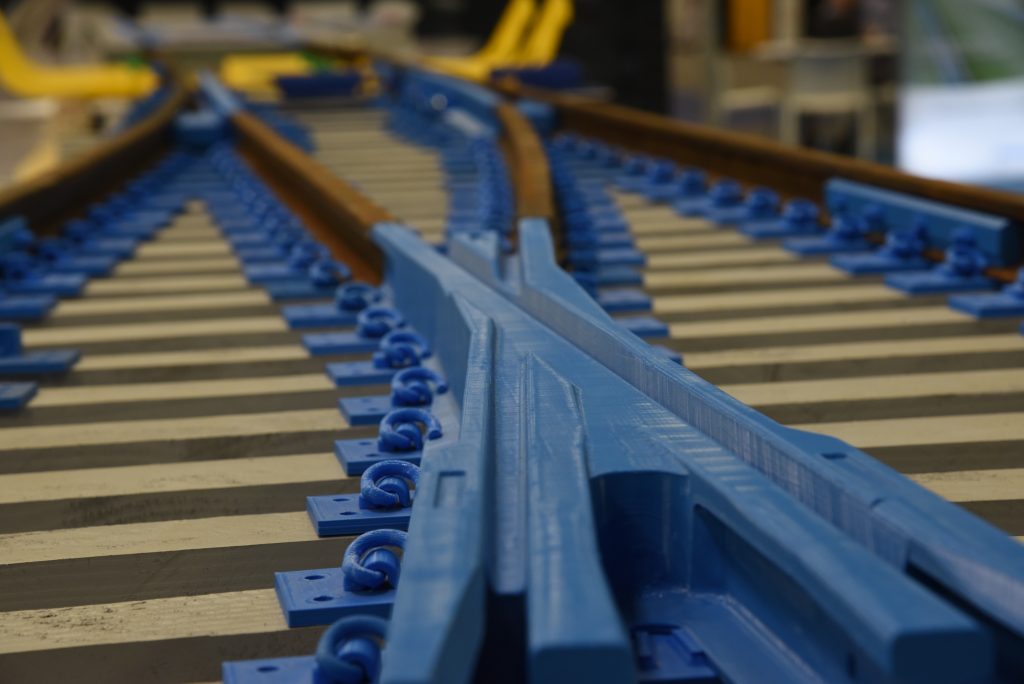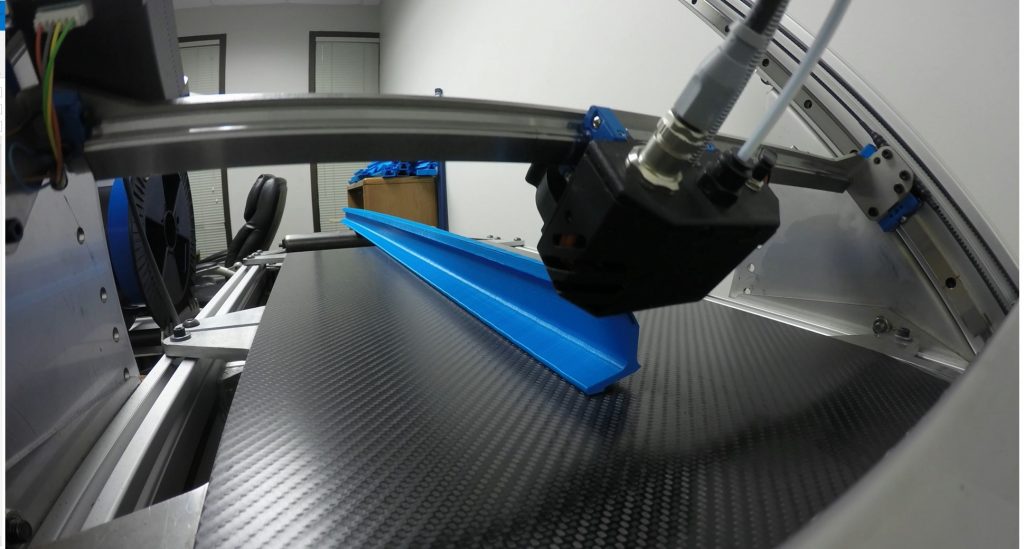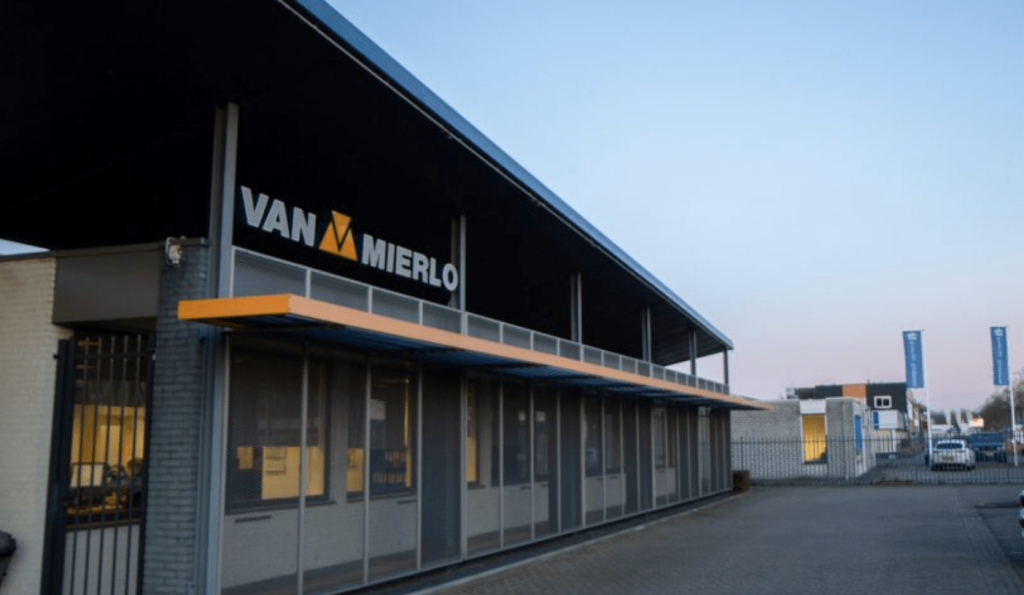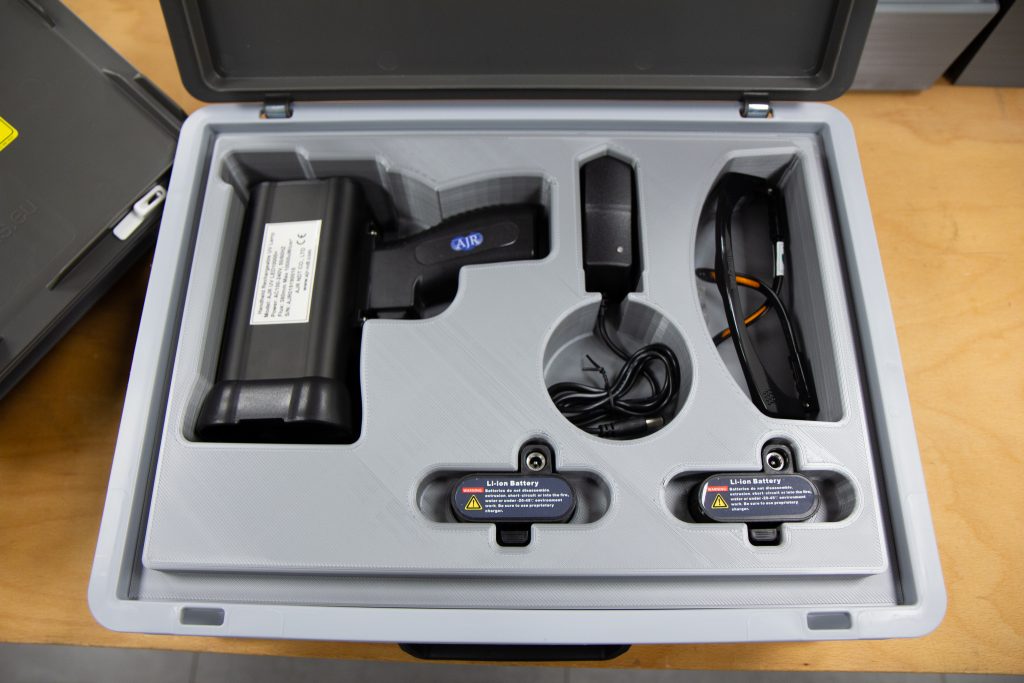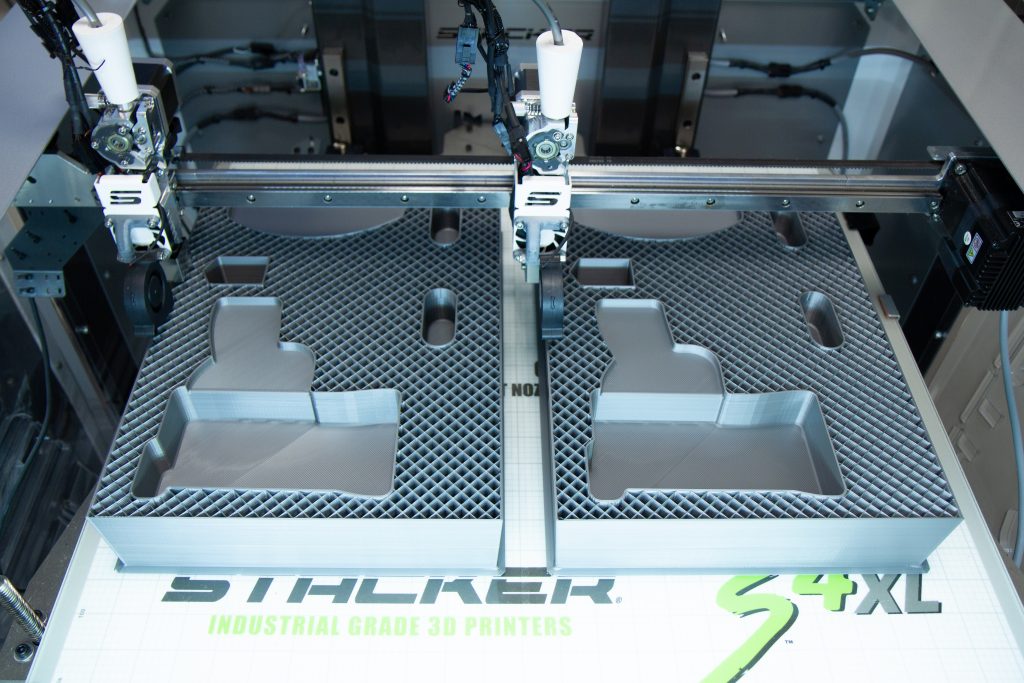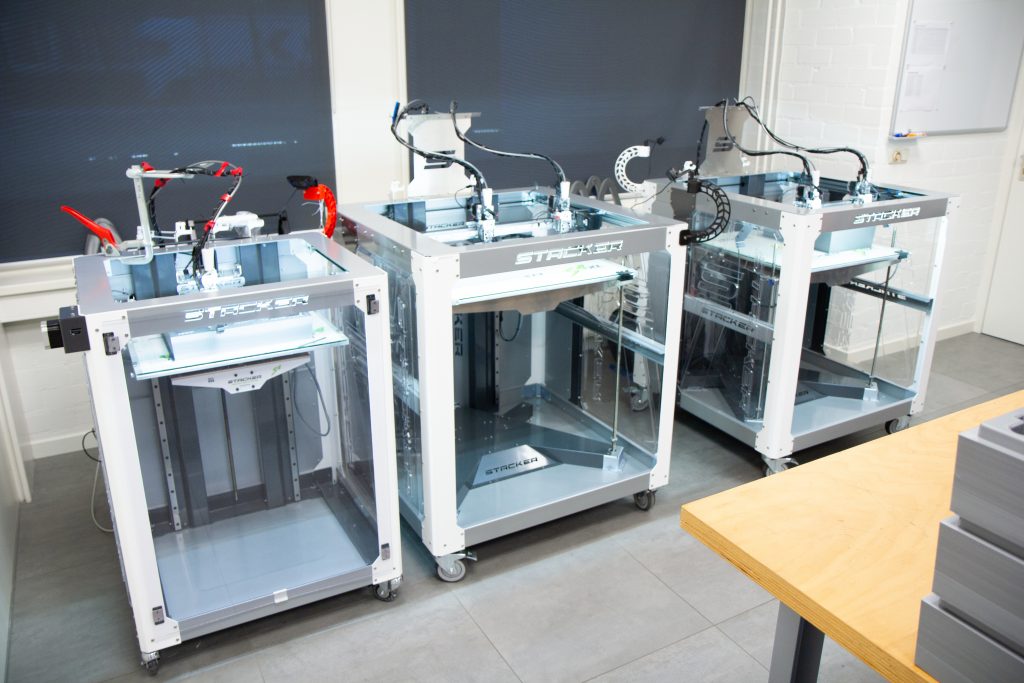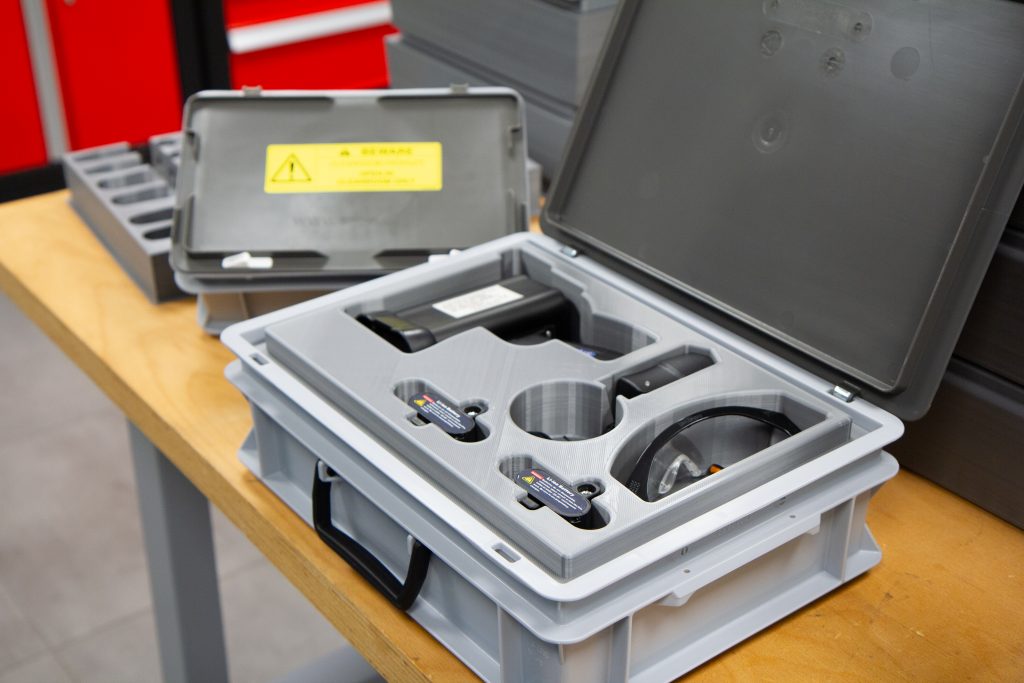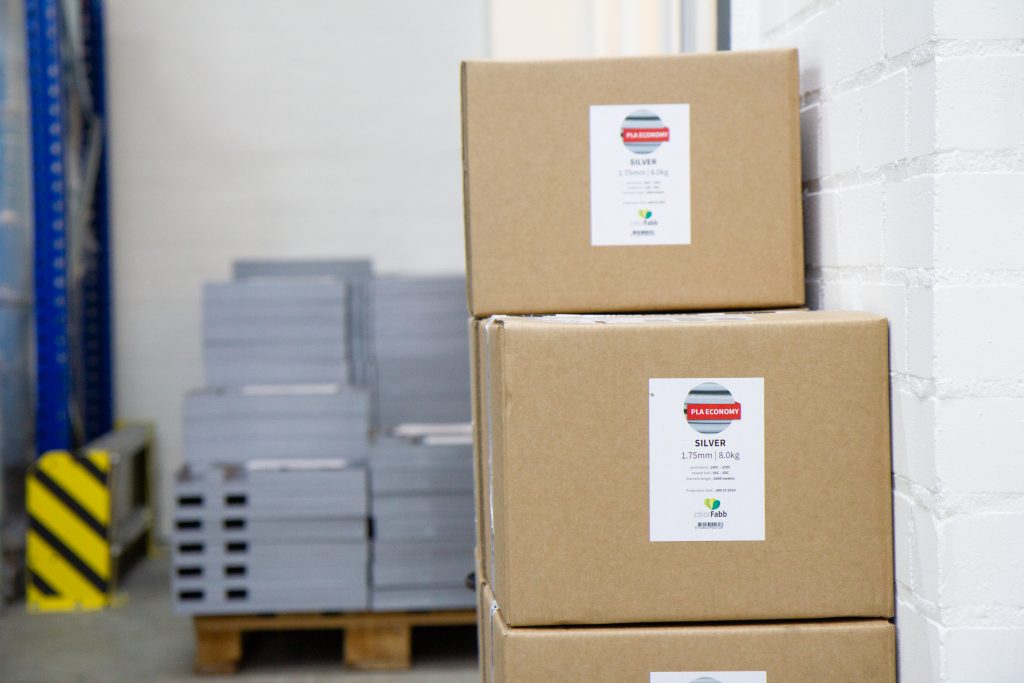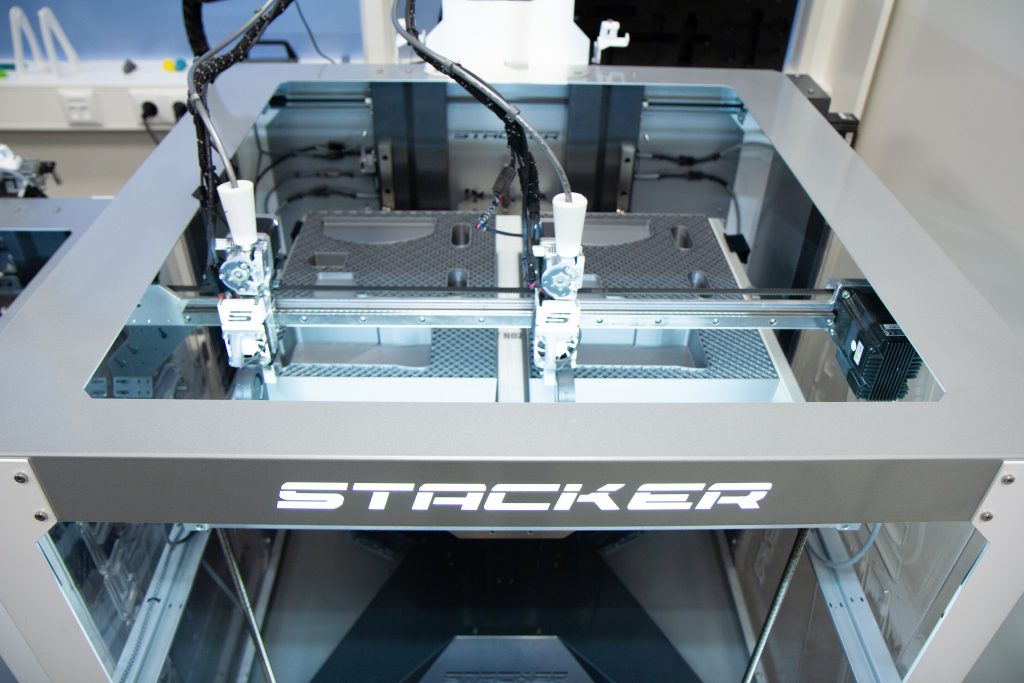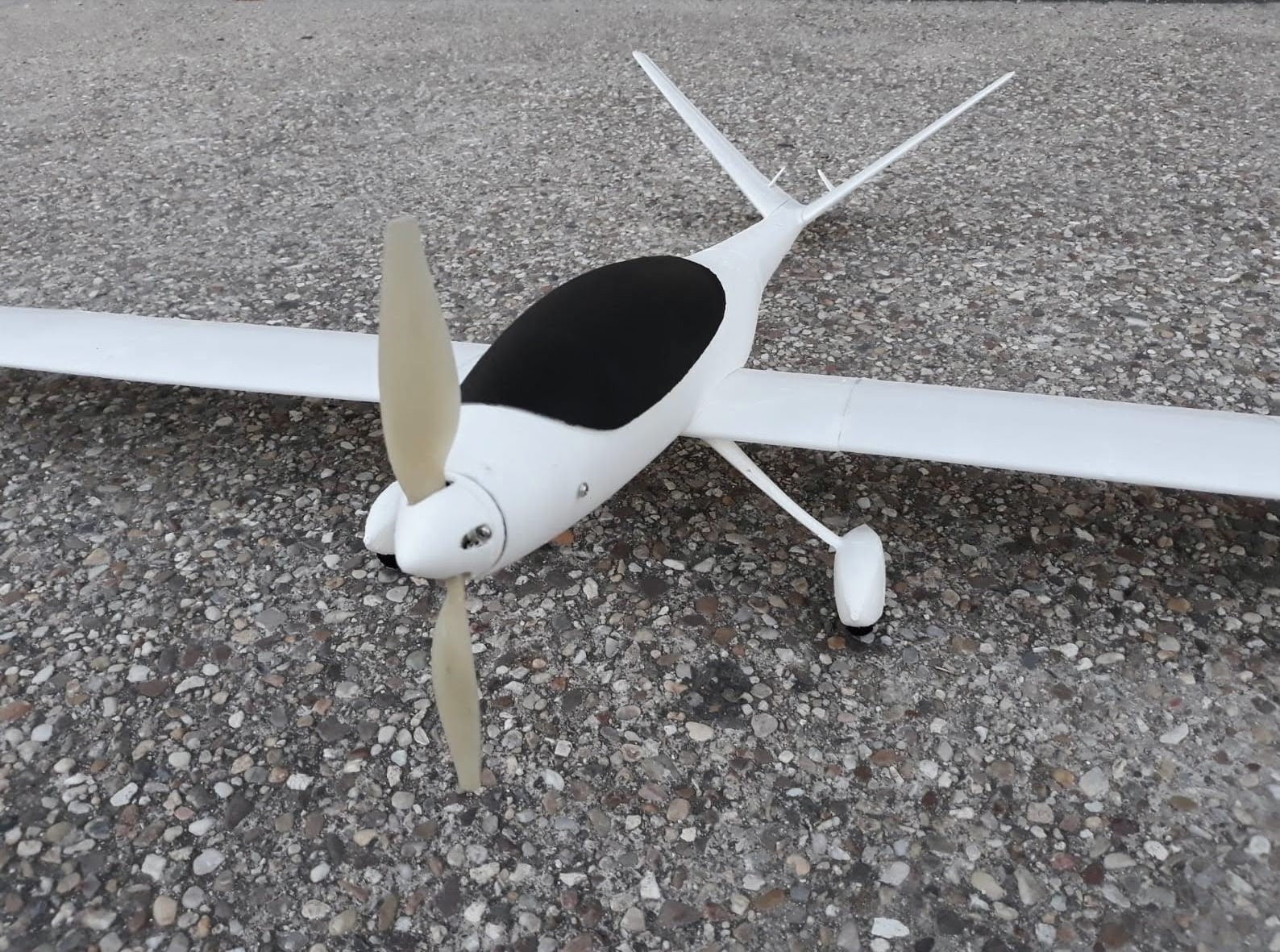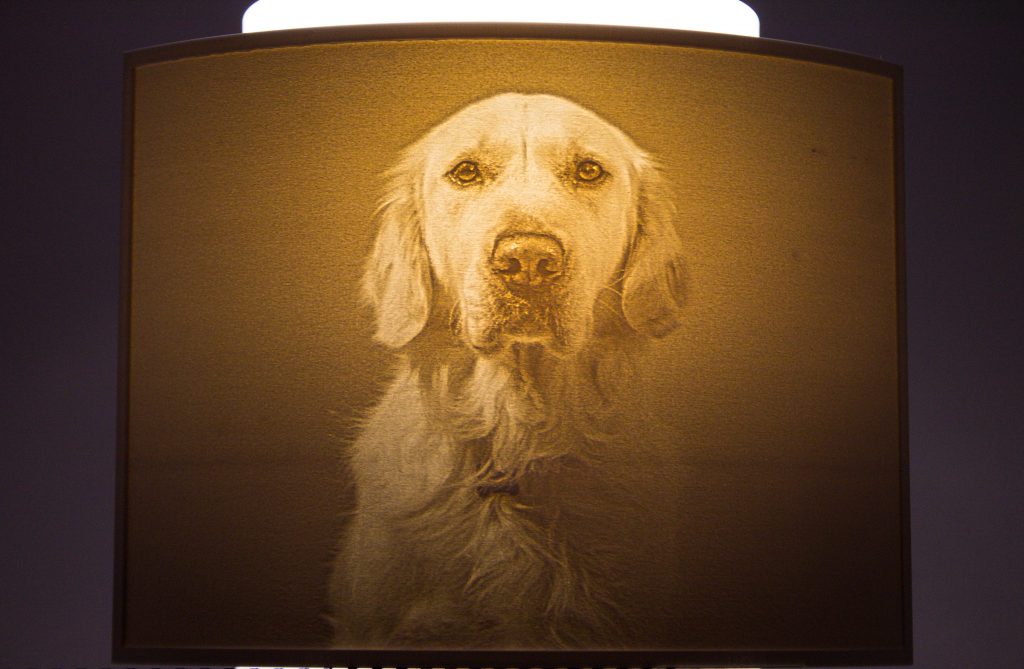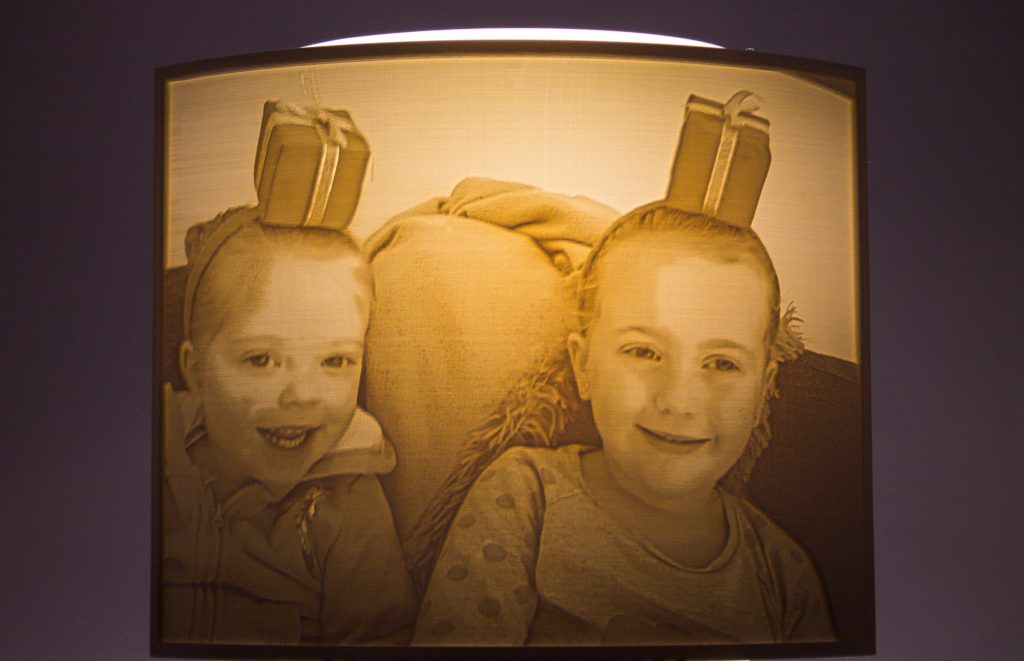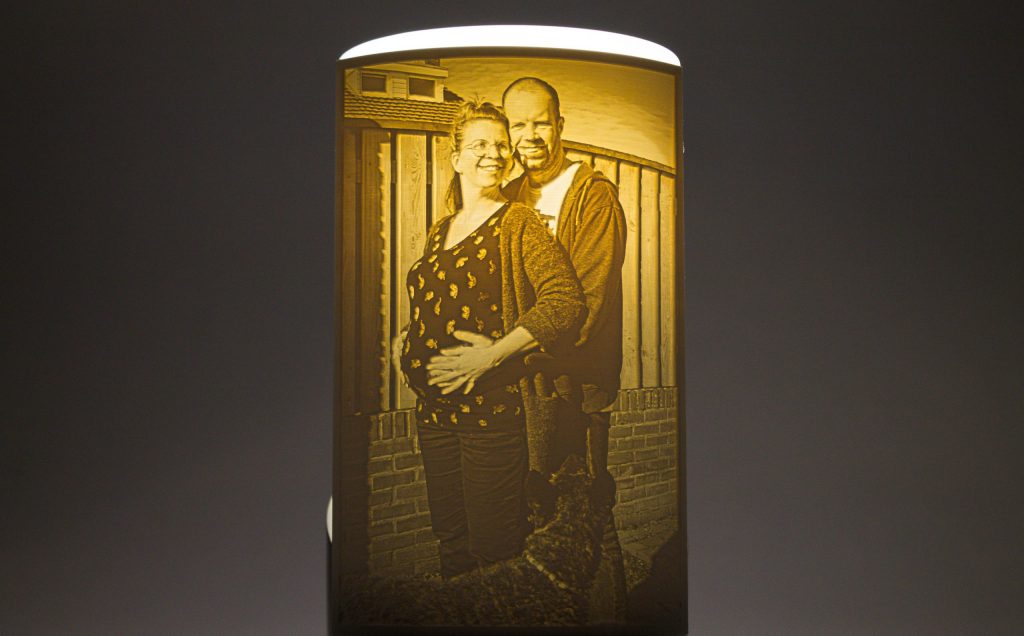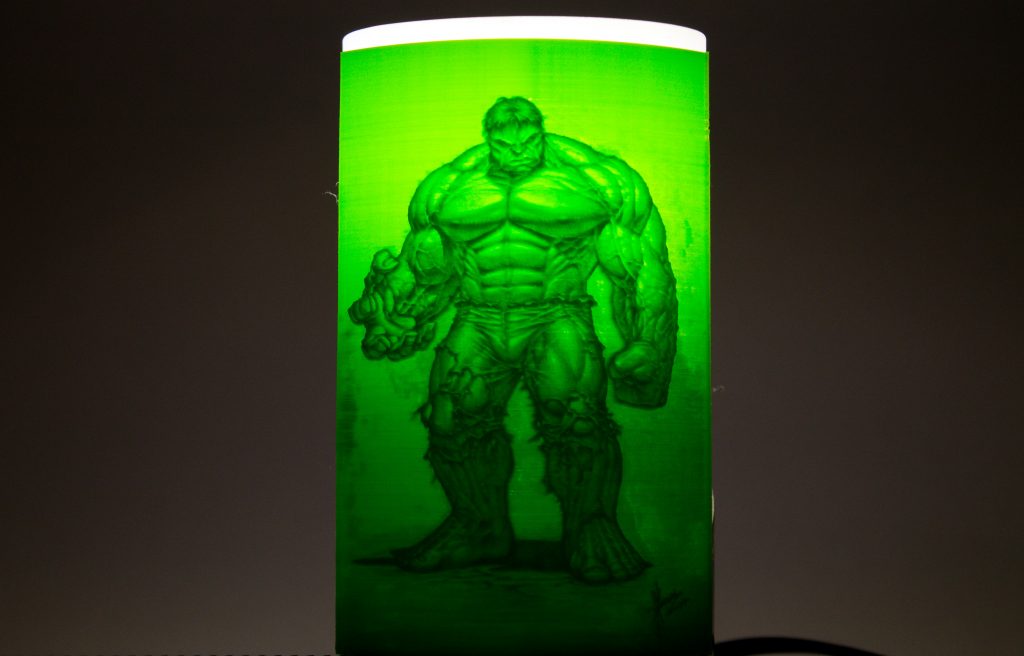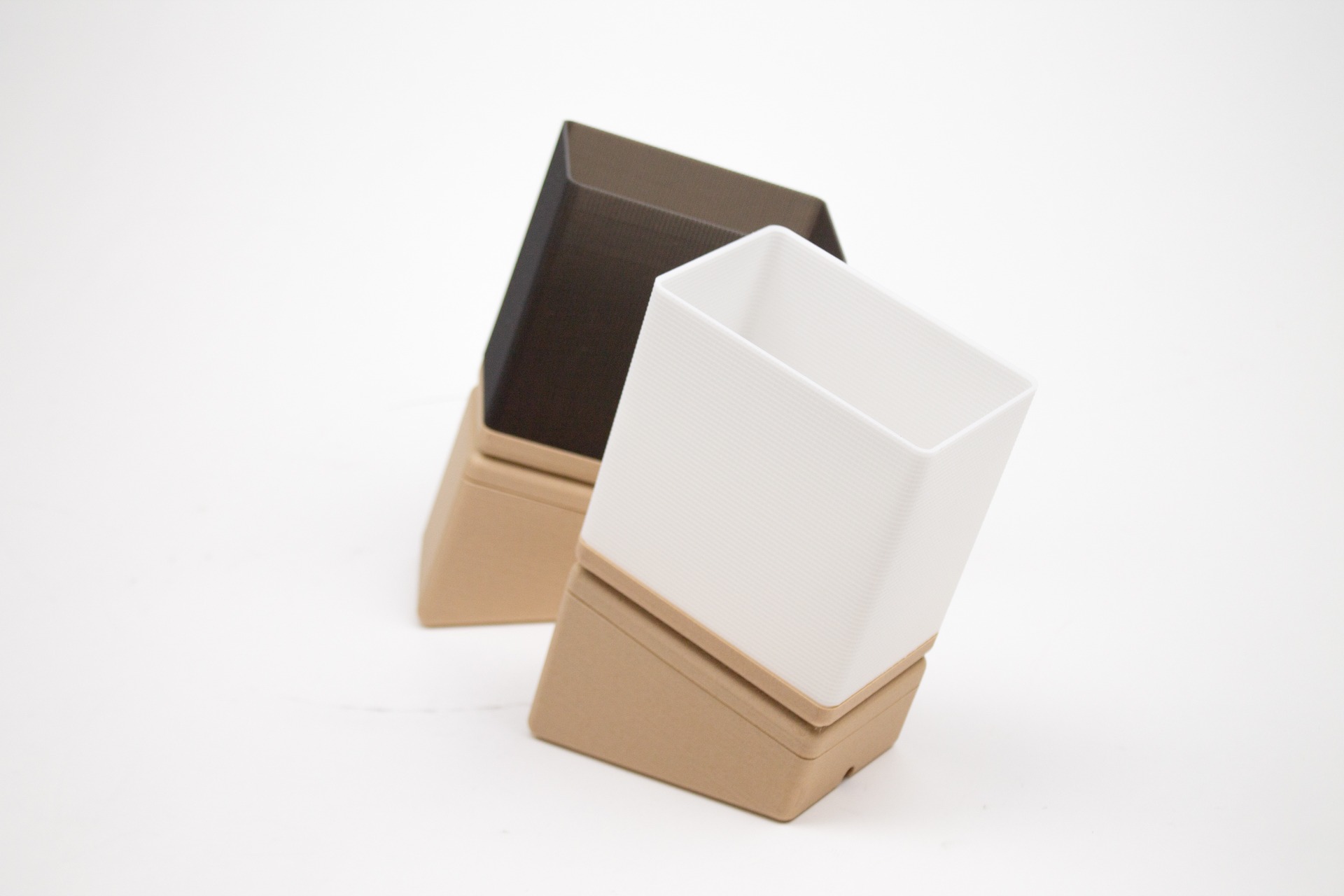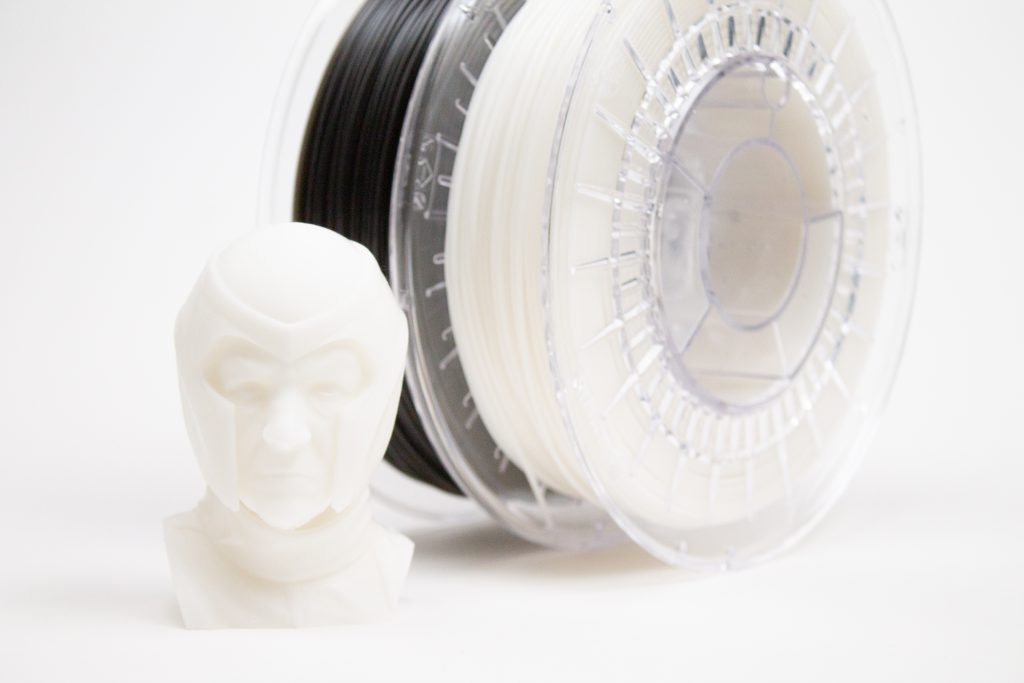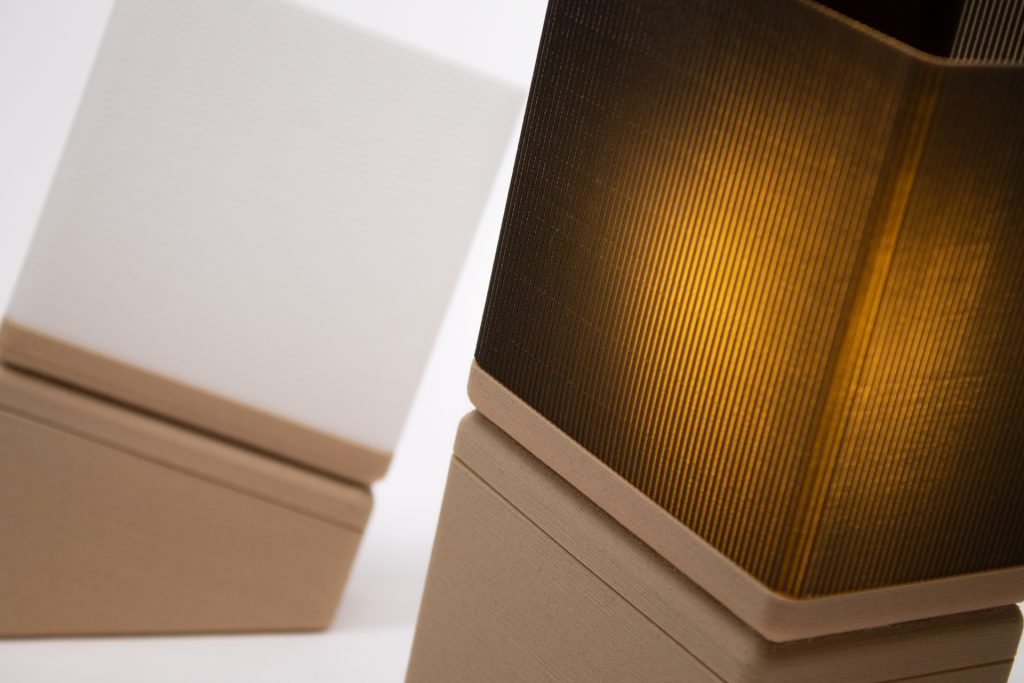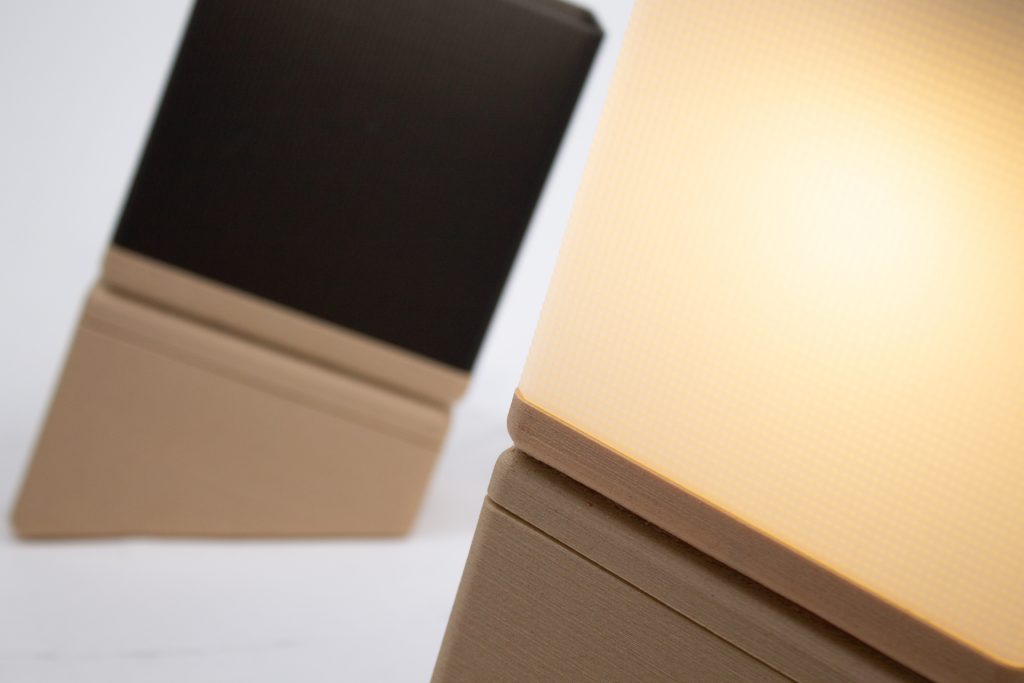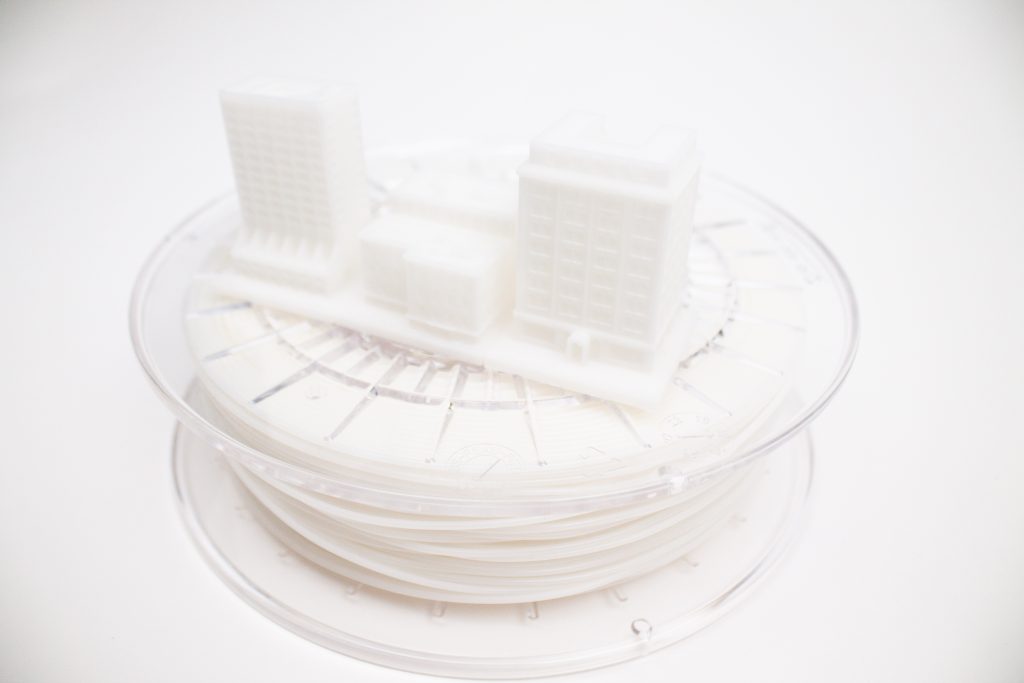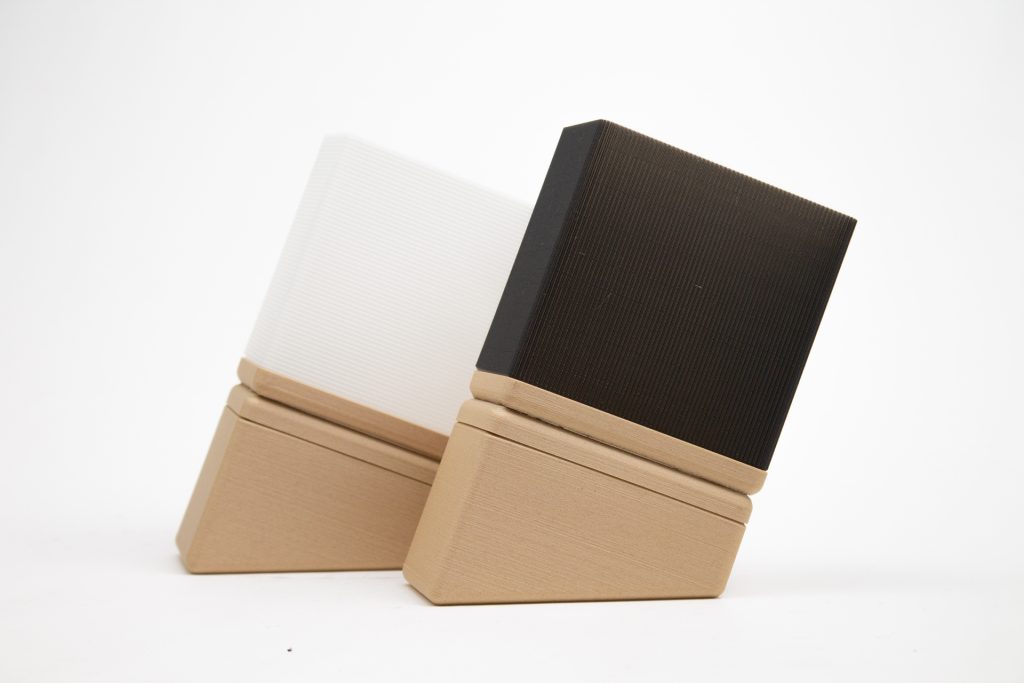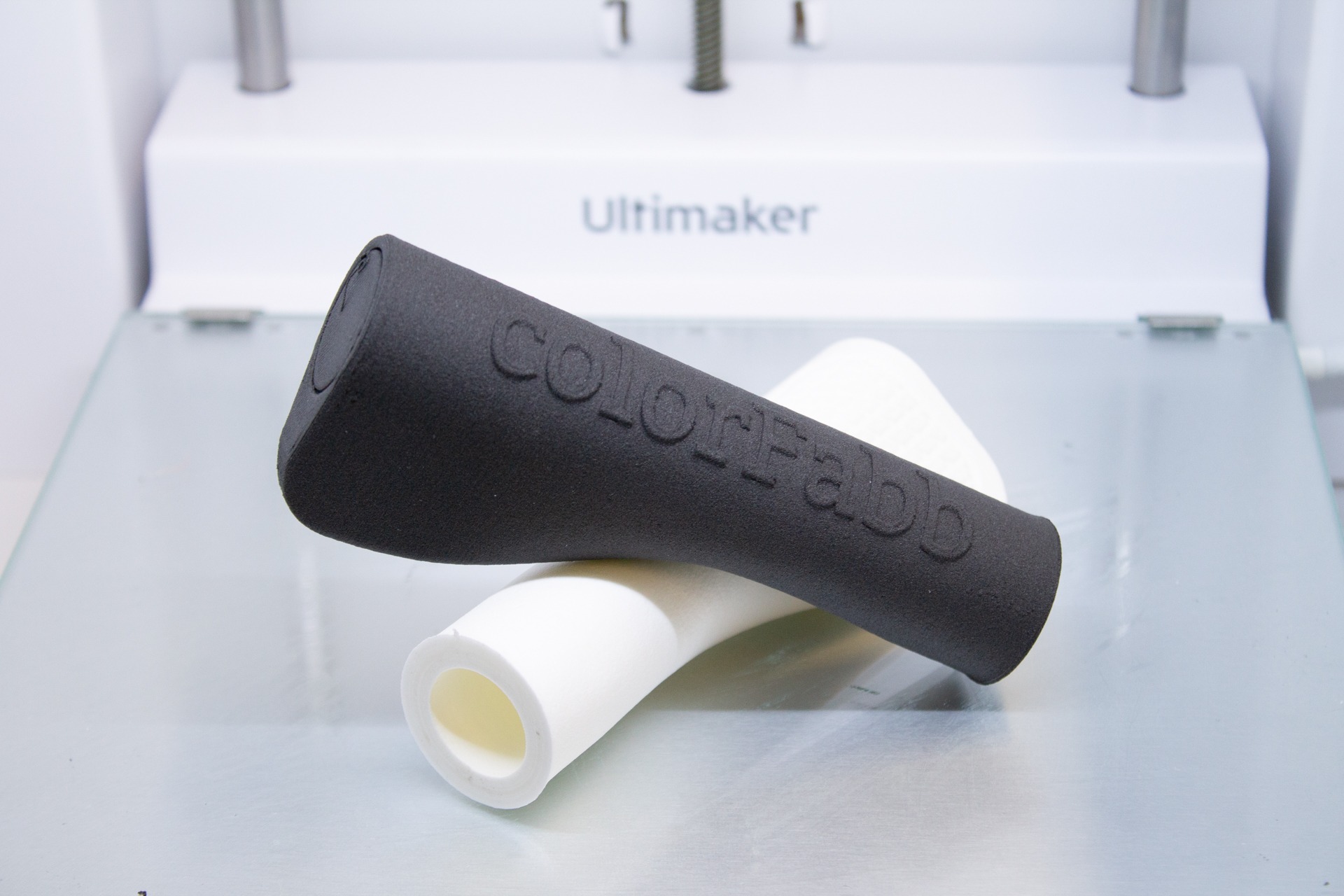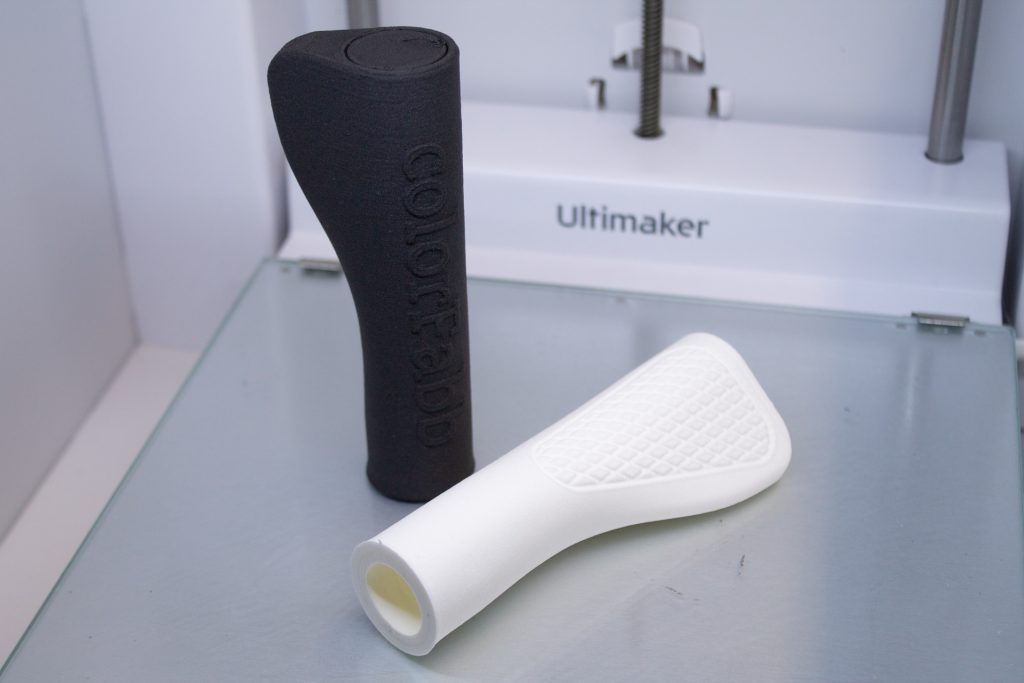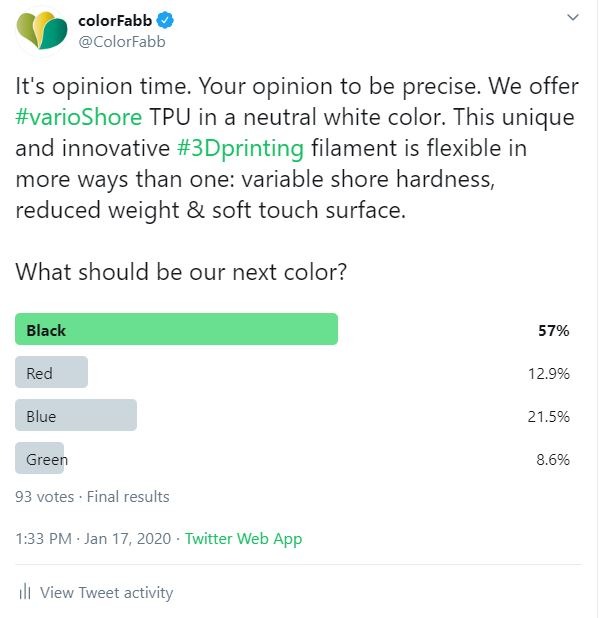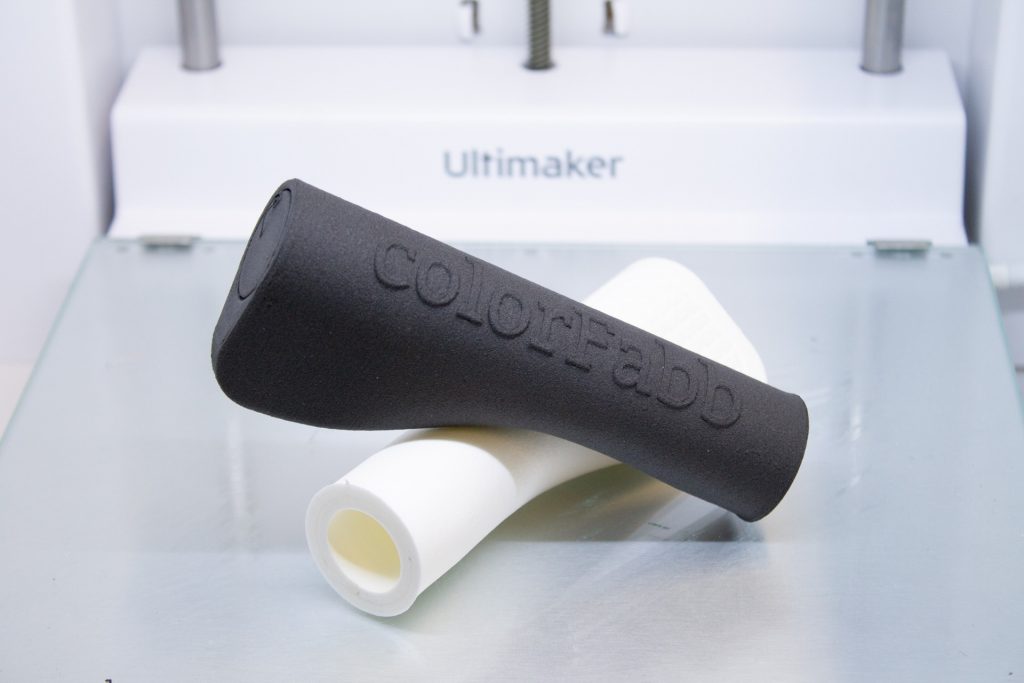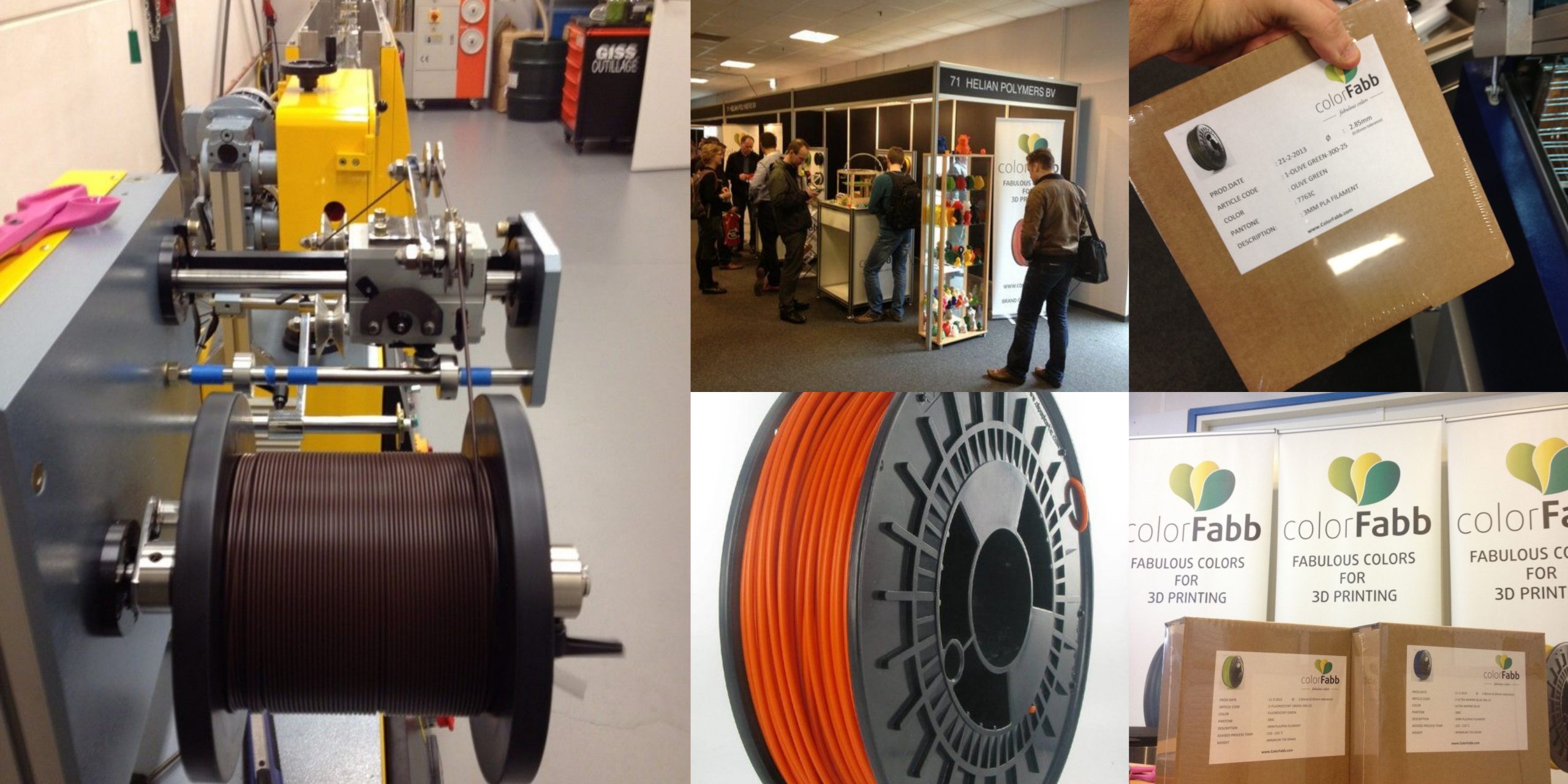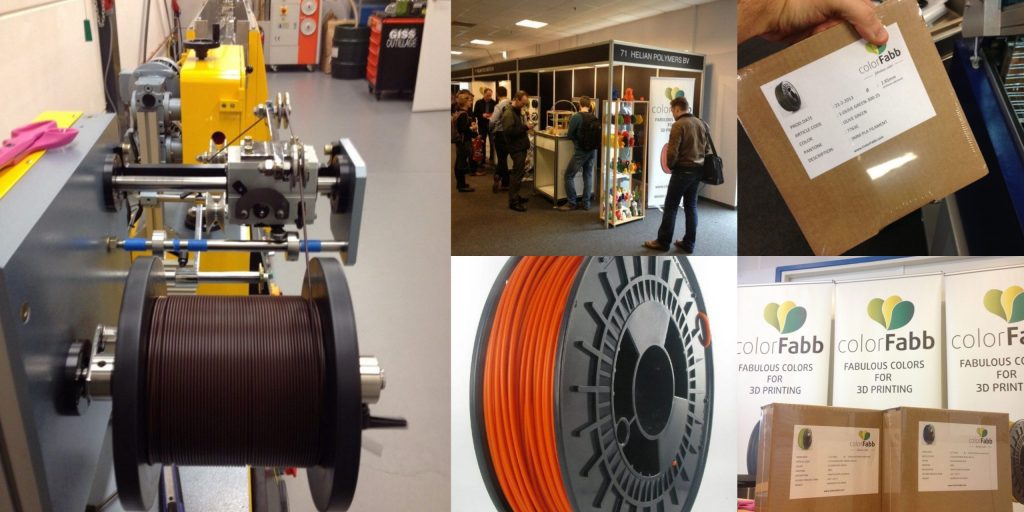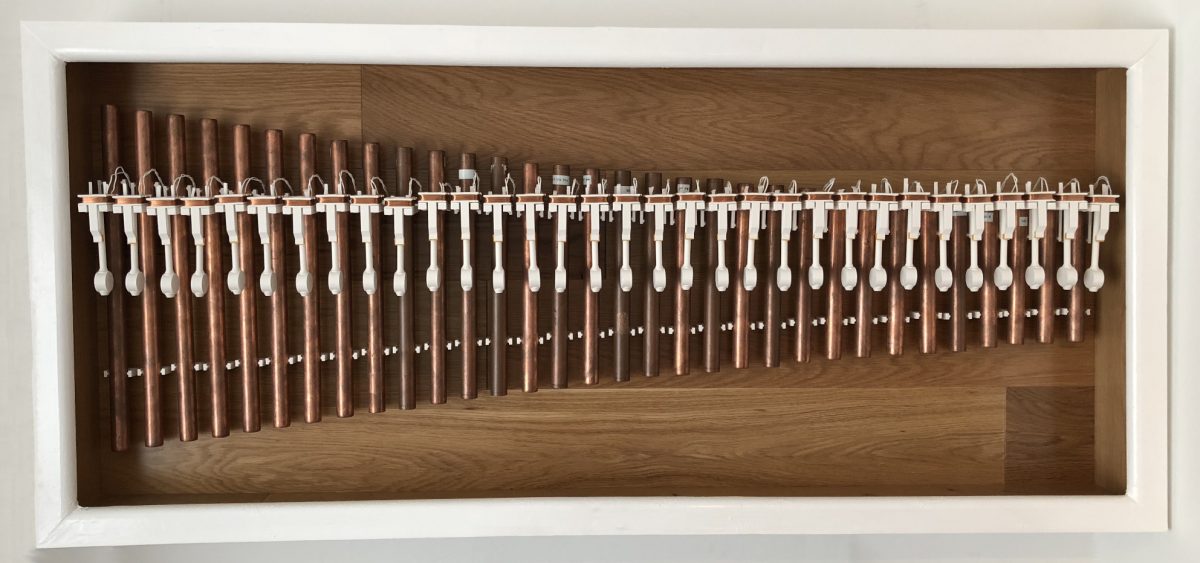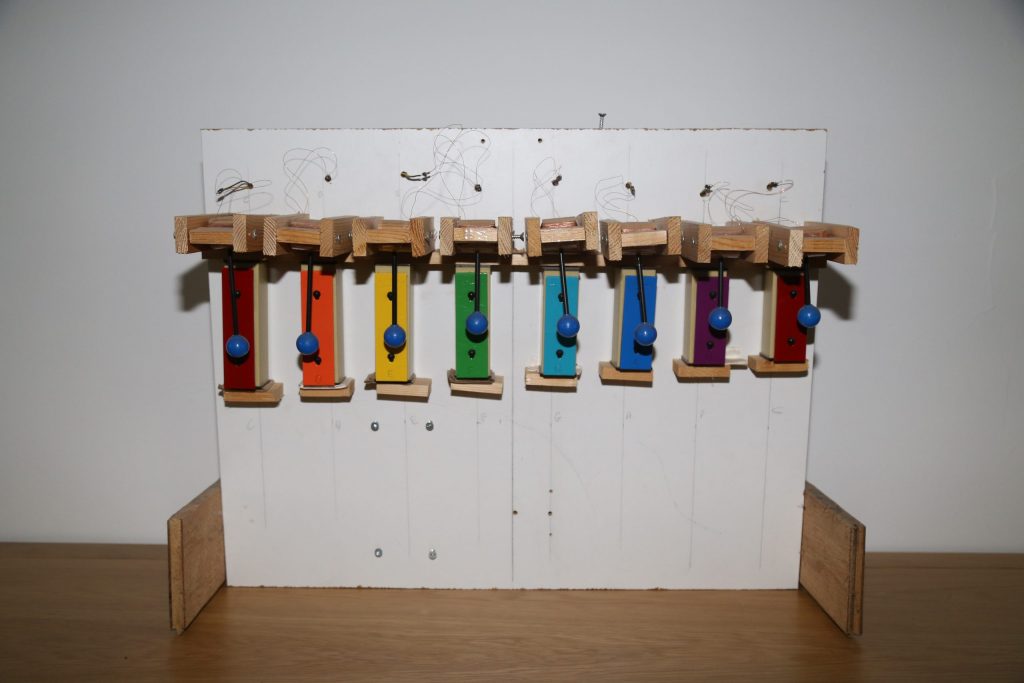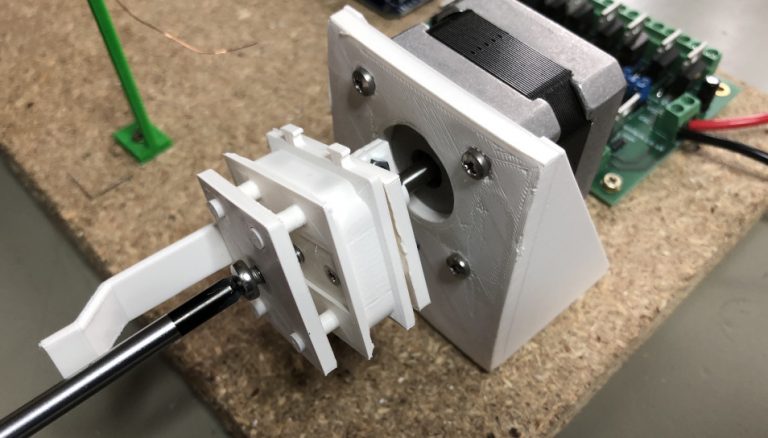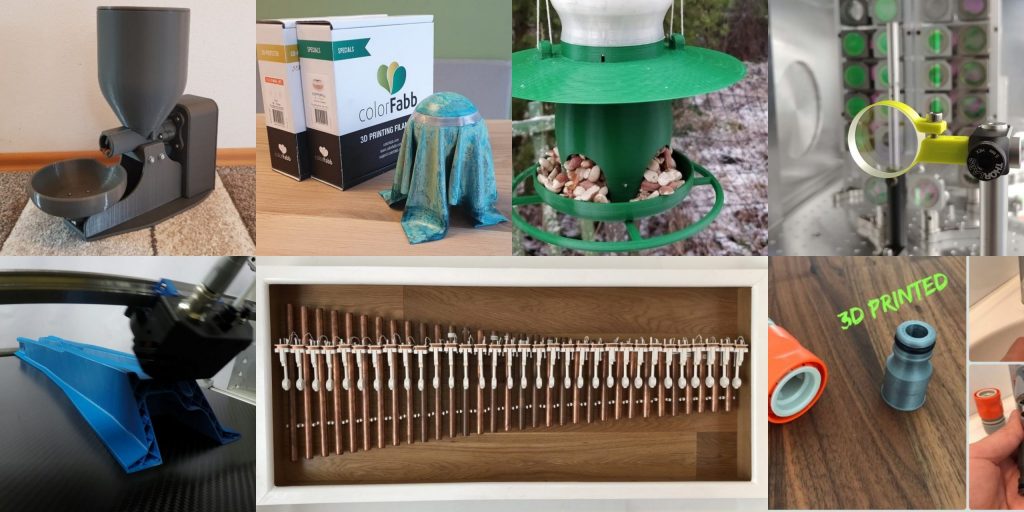Eclipson Airplanes from Spain was one of the first companies to see the potential of our lightweight 3D printing filament LW-PLA, especially for their RC Plane designs. Click here to see the first blog post we made about the Model V – an RC plane specifically designed for LW-PLA.
They are now back with the release of the Eclipson TL Stream, their latest project:
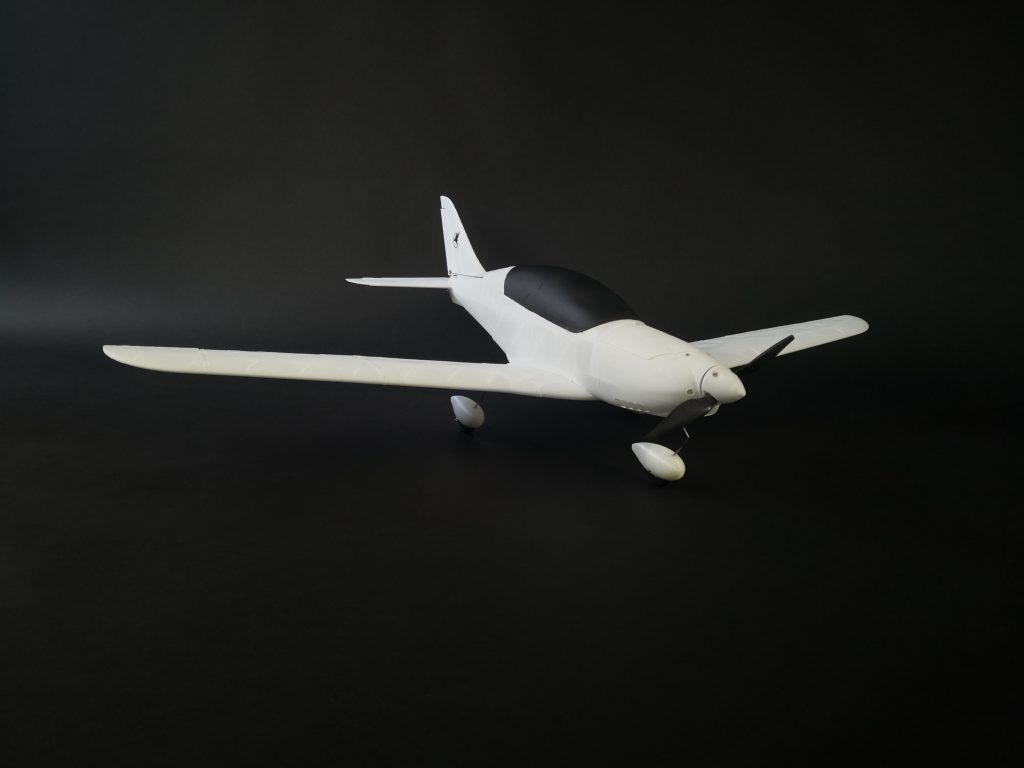
All images by Eclipson Airplanes
As per Eclipson’s website: “The TL Stream is one of the best ultralight airplanes available right now on the market. The airplane has been designed and manufactured by the European company TL-ultralight. By using the latest technologies and knowledge about aerodynamics this company has been able to design a beautiful and very low drag model inspired by jet fighter planes. Our 3D printed version is inspired by that model. However, many aerodynamic features such as wing airfoil, wing torsion, dihedral, decalage, CG etc.. have been designed by us in order to improve its flight characteristics at low Reynold number. This model is a great low wing trainer, is very simple to assemble, cheap and very docile in the air. In addition to this, the low weight compared with the wing area (low wing loading) will allow you to fly pretty slowly.”
You can find more information and purchase the Eclipson TL Stream model on Eclipson’s website.
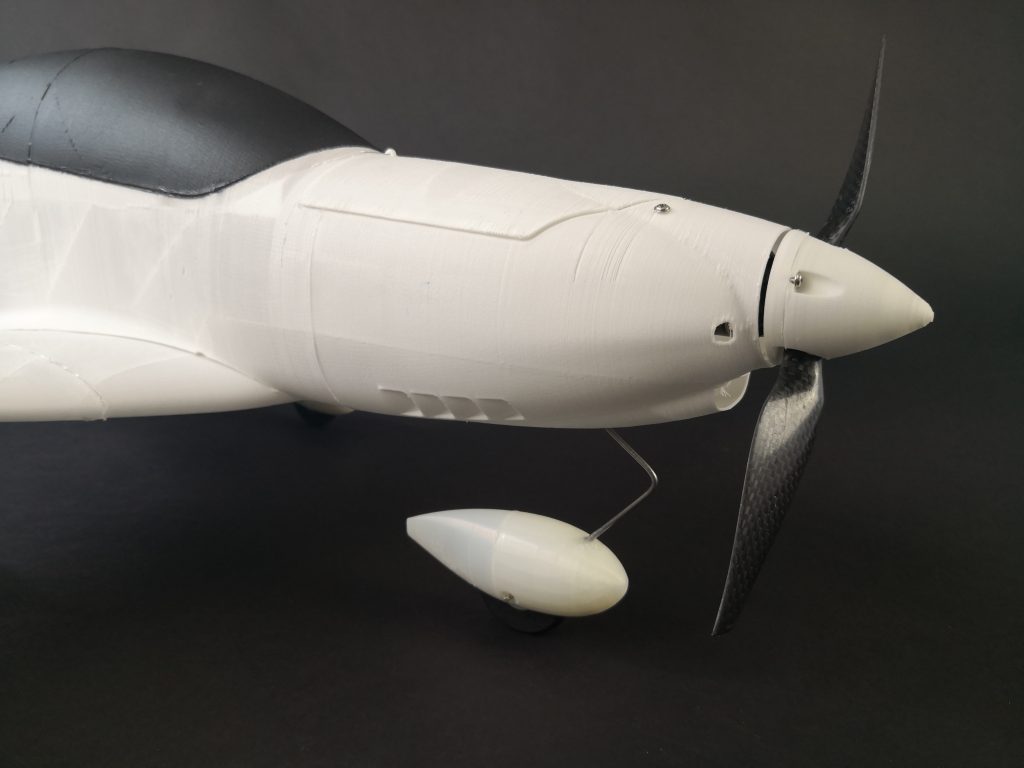
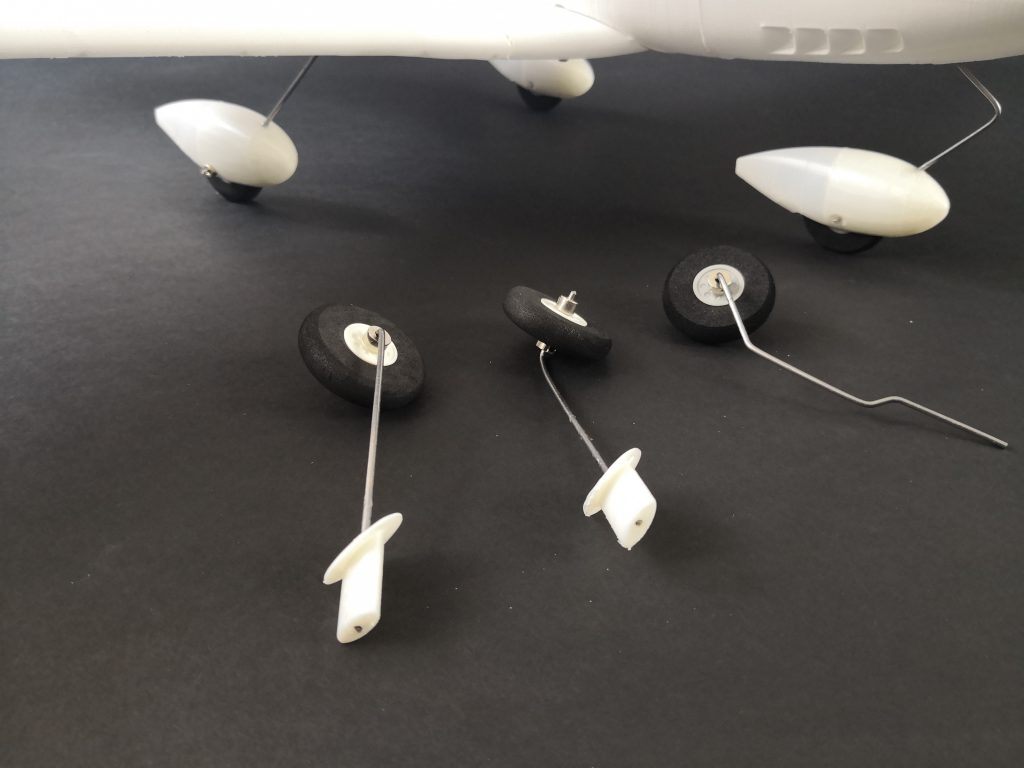
ABOUT LW-PLA
At around 230C this material will start foaming, increasing its volume by nearly 3 times. Users can decrease material flow by 65% to achieve lightweight parts, or use the expanding properties to effectively reduce print time by using big layer heights or single extra thick perimeters.

For the filament to expand it is necessary to put a certain amount of energy into the filament. The amount of energy a filament can absorb during printing depends on the length of the hot-zone and the time it takes for the filament to pass through the hot-zone. The longer a filament will reside inside the hot-end, the more energy it can absorb which will increase the amount of expansion.
 Assuming nozzle size and layerheight are fixed, our main input variables are Temperature, speed and flow to determine the amount of expansion. Find out more about how to print by checking our LW-PLA print tutorial.
Assuming nozzle size and layerheight are fixed, our main input variables are Temperature, speed and flow to determine the amount of expansion. Find out more about how to print by checking our LW-PLA print tutorial.
Read more: How to print with LW-PLA
You can also find all relevant information on our dedicated information page.
Check out more 3D printed planes, made with LW-PLA here
Eclipson TL Stream Gallery
